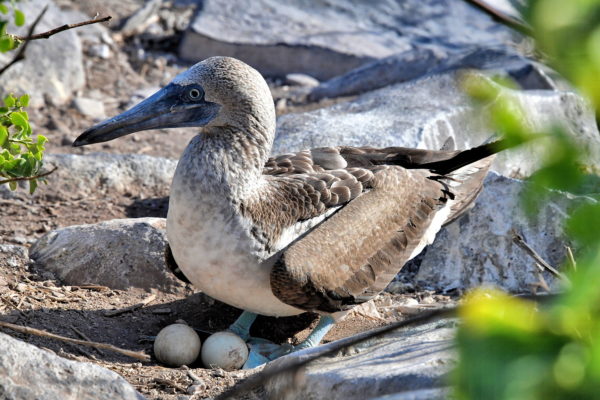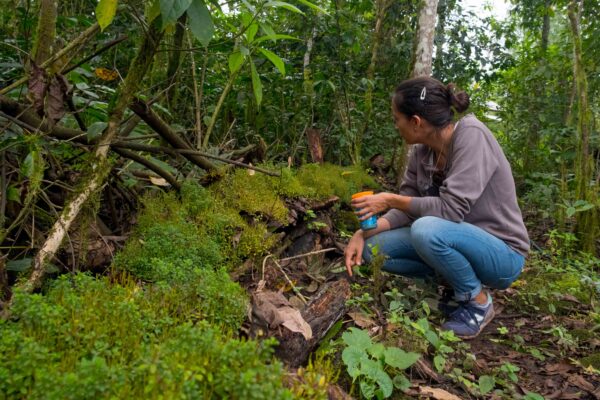Diving Deep for Conservation: A Marine Biologist's Galapagos Islands Adventure

The Galapagos Islands. Just the name conjures images of unique wildlife, volcanic landscapes, and a pristine environment. As a marine biologist specializing in Galapagos shark conservation, I recently had the incredible opportunity to revisit this extraordinary archipelago, not just as a scientist, but as a traveler deeply committed to sustainable Galapagos travel. My journey reaffirmed my belief that responsible tourism can be a powerful force for positive change, helping to protect this fragile ecosystem for generations to come. This trip wasn't just a vacation; it was an immersion into the heart of Galapagos conservation tourism.
Hammerheads of Darwin and Wolf Islands: A Symphony of Survival
My adventure began with a dive into the depths surrounding Darwin and Wolf Islands, renowned as some of the best diving spots in the world. The main draw? Schools of hammerhead sharks numbering in the dozens, if not hundreds. Witnessing these magnificent creatures in their natural habitat is an experience that words can scarcely capture. The power and grace of these sharks, combined with the electric energy of the underwater world, leaves you breathless.
However, beneath the surface beauty lies a stark reality. These hammerheads face significant challenges, primarily from illegal fishing practices, particularly shark finning, and the devastating effects of climate change on their marine environment. Warmer ocean temperatures and ocean acidification are disrupting the food chain and impacting shark habitats. It's a constant battle, and one that requires urgent and concerted action.
What are the main threats to Galapagos sharks?
- Illegal Fishing and Finning: Sharks are targeted for their fins, a lucrative but unsustainable practice.
- Climate Change: Rising ocean temperatures and acidification impact habitats and food sources.
- Bycatch: Sharks are often unintentionally caught in fishing nets targeting other species.
Blue-Footed Boobies of Española Island: A Dance of Preservation
Española Island provided a completely different, yet equally captivating experience. Here, I observed the iconic blue-footed boobies in their nesting grounds. Their comical mating rituals, with males proudly displaying their bright blue feet, are a sight to behold. These vibrant birds are a symbol of the Galapagos, and their survival depends on the preservation of their nesting sites.

Protecting these areas from human disturbance and invasive species is crucial. Blue footed boobies Española Island face various challenges, and safeguarding their habitat is vital for their continued existence.
The Charles Darwin Research Station: Science in Action
A visit to the Charles Darwin Research Station on Santa Cruz Island offered a glimpse into the scientific efforts driving conservation in the Galapagos. The station plays a vital role in understanding and protecting the islands' unique species.
What is being done to protect the Galapagos marine environment?
- Research: Ongoing studies to understand ecosystems and threats.
- Conservation Programs: Breeding programs for endangered species.
- Monitoring: Tracking populations and environmental changes.
- Education: Raising awareness about conservation issues.
One project that particularly resonated with me was the giant tortoise breeding program. These gentle giants are an integral part of the Galapagos ecosystem, and their populations have been severely impacted by hunting and habitat loss. The breeding program ensures the survival of various tortoise species by raising them in a protected environment until they are large enough to be released back into the wild.
Sustainable Seafood and Local Flavors: A Taste of the Galapagos
The Galapagos Islands offer a unique culinary experience, and I made it a point to explore the local cuisine with a focus on Galapagos Islands sustainable cuisine. One dish that stood out was the ceviche de canchalagua, a delicious ceviche made with black clams.

The key to enjoying this dish responsibly is ensuring that the canchalagua is sourced sustainably. Overfishing can decimate populations, so supporting restaurants that prioritize sourcing local ingredients from sustainable fisheries is crucial.
I also visited a sustainable farm on Santa Cruz Island that supplies many local restaurants. Their farming practices are designed to minimize environmental impact, and their success provides a powerful example of how agriculture can support both the local economy and the environment. These farms employ methods like:
- Crop rotation: Improves soil health and reduces pest infestations.
- Composting: Reduces waste and provides natural fertilizer.
- Water conservation: Efficient irrigation techniques to minimize water usage.
Volcanic Landscapes and Unique Flora: A World of Wonder
The Galapagos Islands boast dramatic volcanic landscapes and unique flora, from towering giant cacti to dense scalesia forests. These ecosystems are incredibly fragile and require careful protection. Galapagos Islands biodiversity is unparalleled, with many endemic species Galapagos found nowhere else on Earth. The impact of tourism on Galapagos wildlife can be significant, highlighting the need for sustainable practices.
One of the biggest threats to these ecosystems is the introduction of invasive species. Visitors can help prevent their spread by:
- Cleaning their shoes and gear before arriving on the islands.
- Avoiding bringing any plants or animals to the Galapagos.
- Reporting any suspected invasive species to park authorities.
Galapagos Conservation Tourism: Your Role in Protecting Paradise
My journey to the Galapagos Islands reinforced my belief in the power of responsible Galapagos tourism to drive conservation efforts. How can I travel to the Galapagos responsibly? By choosing sustainable Galapagos travel options, supporting local communities, and respecting the environment, you can make a positive impact.
Here are a few practical tips for eco-conscious travelers visiting the Galapagos:
- Choose a sustainable tour operator: Look for companies with ecotourism certifications and a commitment to responsible practices. Are Galapagos cruises eco friendly certified? Ensure you research and select an operator that prioritizes sustainability.
- Reduce your carbon footprint: Offset your travel emissions by donating to environmental organizations. Can you carbon offset Galapagos Islands travel? Yes, through various programs.
- Support local businesses: Eat at locally-owned restaurants and buy souvenirs from local artisans.
- Respect wildlife: Maintain a safe distance from animals and avoid disturbing their natural behavior.
- Conserve water and energy: Be mindful of your resource consumption while on the islands.
Galapagos shark conservation and overall ecosystem health are dependent on collective effort. Consider a Galapagos marine conservation volunteer opportunity to directly contribute, or support Galapagos conservation efforts through donations to organizations like the Charles Darwin Foundation. What organizations support Galapagos Islands conservation? Many reputable groups welcome contributions.
Tourism can be a powerful force for positive change, but it must be managed responsibly. By embracing responsible tourism Galapagos Islands with marine biologist insights, we can ensure that the Galapagos Islands remain a vibrant and thriving ecosystem for future generations. This isn't just about seeing a beautiful place; it's about protecting it.